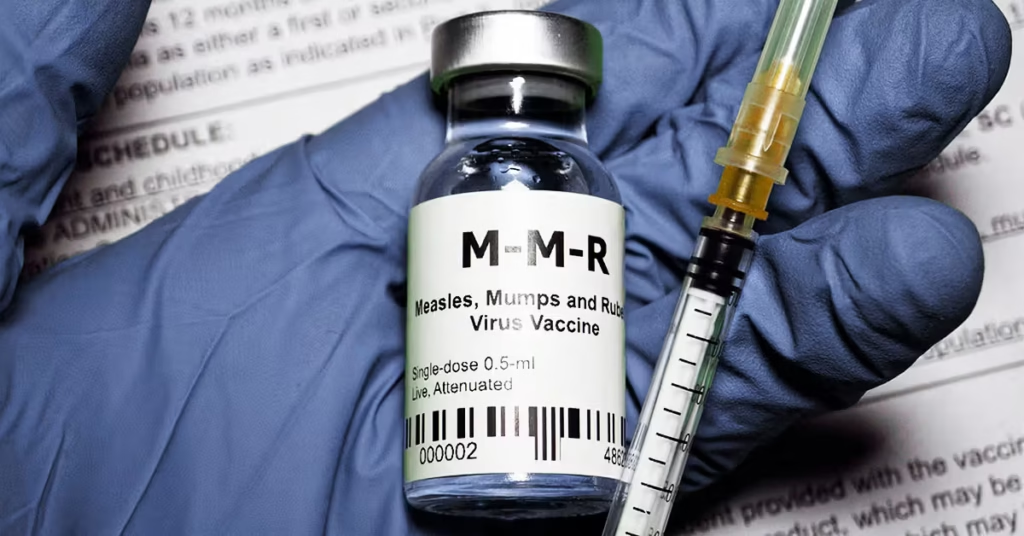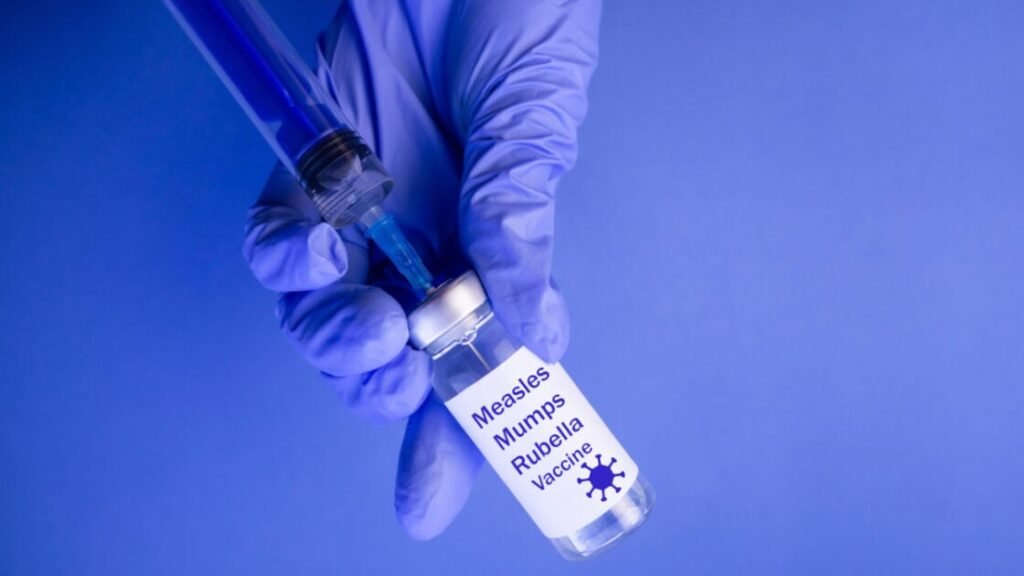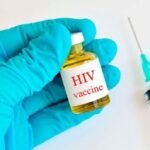Introduction: Why Falling Vaccination Rates Matter
Falling vaccination rates are driving the resurgence of diseases once considered eliminated in the United States. Measles, mumps, rubella, polio, and pertussis are among the infections that are increasingly appearing in communities with low immunization coverage. While individual vaccination provides strong protection, it is not enough to halt outbreaks if population-wide immunity declines. Understanding the consequences of declining vaccine coverage is critical to protecting vulnerable groups and maintaining public health.
Measles and the Current Surge
Measles has recently surged to record levels, with more cases reported this year than any year since it was declared eliminated in the US in 2000. The Centers for Disease Control and Prevention (CDC) data reveal falling vaccination rates in over 30 states, leaving communities at risk. In Texas alone, 753 cases have been reported since January, resulting in 98 hospitalizations and two child deaths. These outbreaks often originate in areas where fewer children receive recommended vaccines.
The Ripple Effect of Low Vaccine Coverage
A decline in vaccination rates does not just affect those who are unvaccinated. Even highly effective vaccines are not 100% protective. For example, two doses of the MMR vaccine are 97% effective against measles, leaving a small chance of breakthrough infection. As diseases spread in communities with declining immunization, even vaccinated individuals may face a higher risk of exposure, increasing the likelihood of illness. https://www.cdc.gov/measles/cases-outbreaks.html

Vulnerable Populations at Risk
Several groups are particularly vulnerable when vaccination rates fall:
Newborns and Infants
Infants are too young to receive most vaccines and are highly susceptible to severe illness. Even mild infections in older children or adults can become life-threatening for newborns.
Immunocompromised Individuals
People undergoing chemotherapy, transplant patients, and those on immunosuppressive medications may not respond fully to vaccines or may be unable to receive certain live vaccines, leaving them unprotected.
Pregnant Individuals
Pregnant people cannot safely receive certain vaccines, such as MMR and varicella. Rubella infection during pregnancy can lead to miscarriage, stillbirth, or congenital rubella syndrome, causing serious birth defects.
Older Adults
Immunity from vaccines like pertussis can wane over time, leaving older adults susceptible to infections previously controlled during childhood. Combined with underlying health conditions, this group faces higher risks of severe illness.
The Importance of Herd Immunity
Vaccines protect individuals and the community. Herd immunity occurs when enough people are vaccinated to prevent disease spread, safeguarding those who cannot receive vaccines. Falling vaccination rates compromise this protective shield, putting entire communities at risk.
Historical Lessons from Around the World
Outbreaks in countries once free of diseases illustrate the consequences of low vaccine coverage. Polio has reemerged in regions affected by war and disrupted healthcare systems. Measles outbreaks have occurred in nations where it had previously been eliminated. These examples underscore the importance of maintaining high immunization rates to prevent the return of preventable diseases.
Projected Impact of Declining Vaccination Rates
Studies suggest alarming outcomes if vaccination rates continue to decline. A 10% drop in MMR coverage could result in over 11 million measles cases over 25 years. A 50% reduction could lead to tens of millions of infections, thousands of hospitalizations, and significant deaths. Polio and rubella could also make a resurgence, with long-term consequences for neurological health and child development.
How Parents and Adults Can Protect Themselves and Others
Staying up to date with vaccinations is essential for personal and public health. Parents should ensure their children receive recommended vaccines on schedule, and adults should review their vaccination status with a primary care provider. Booster doses may be necessary for older adults, particularly those at higher risk or with waning immunity.
The Role of Medical Professionals
Healthcare providers play a crucial role in educating patients about vaccines. Pediatricians, family physicians, and internists can verify vaccination status, recommend catch-up doses, and counsel families about the risks of declining immunization. Public health initiatives should focus on outreach, particularly in communities with historically low vaccination coverage.

Combating Vaccine Hesitancy
Addressing misinformation and building trust are key to maintaining high vaccination rates. Education campaigns should emphasize the safety, effectiveness, and community benefits of vaccines. Correcting misconceptions about disease risk and vaccine safety can encourage families to participate in immunization programs.
Conclusion: Why Vaccines Protect Everyone
Falling vaccination rates are not just a personal concern—they threaten the health of entire communities. Newborns, immunocompromised individuals, pregnant people, and older adults are most at risk. Maintaining high vaccine coverage protects the vulnerable and prevents the return of diseases like measles, polio, and rubella. Vaccines save lives, prevent severe illness, and are one of the most effective tools in public health.




